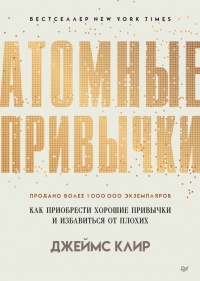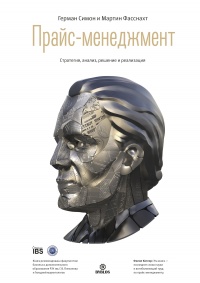Читать книгу "Ум в движении. Как действие формирует мысль - Барбара Тверски"
Шрифт:
-
+
Интервал:
-
+
Закладка:
Сделать
Перейти на страницу:
Перейти на страницу:
Внимание!
Сайт сохраняет куки вашего браузера. Вы сможете в любой момент сделать закладку и продолжить прочтение книги «Ум в движении. Как действие формирует мысль - Барбара Тверски», после закрытия браузера.
Книги схожие с книгой «Ум в движении. Как действие формирует мысль - Барбара Тверски» от автора - Барбара Тверски:
Комментарии и отзывы (0) к книге "Ум в движении. Как действие формирует мысль - Барбара Тверски"




